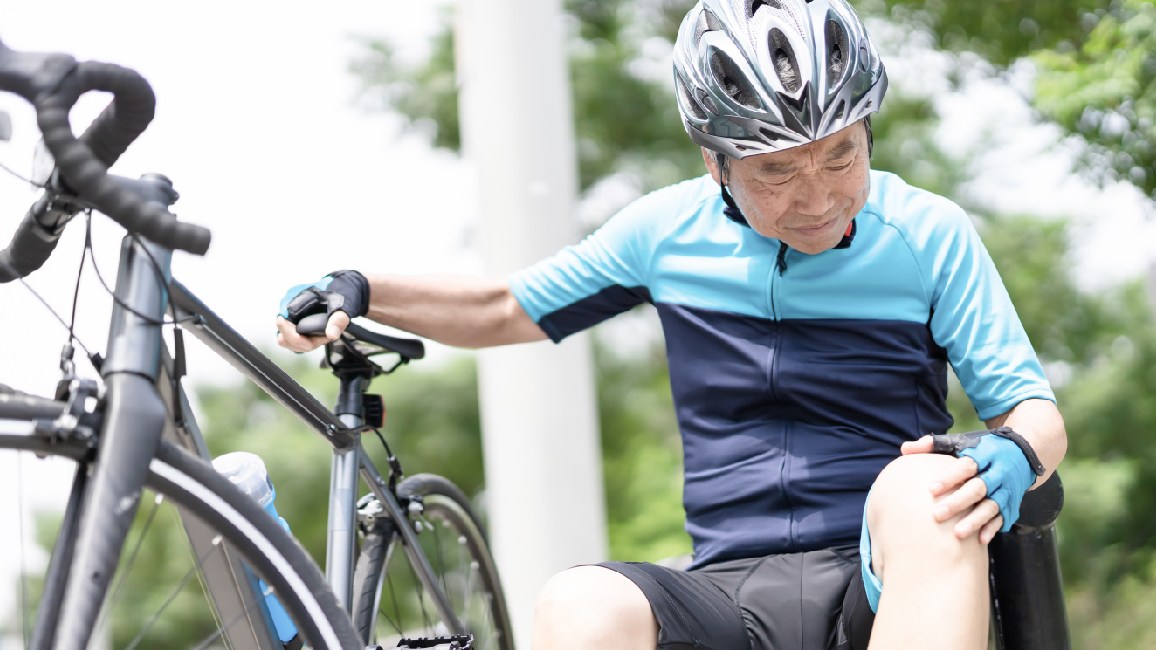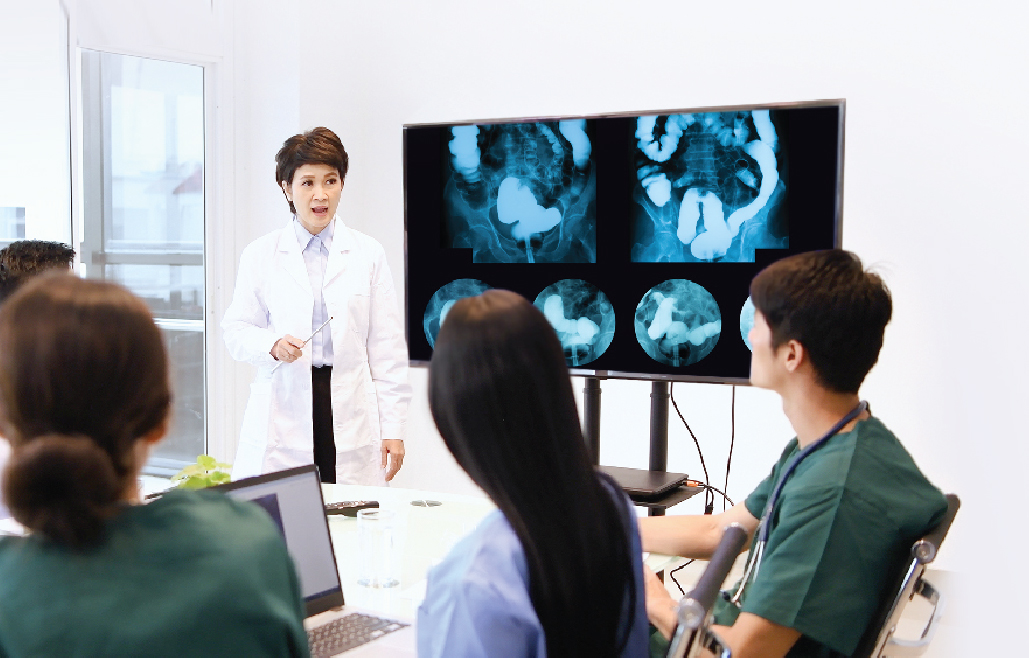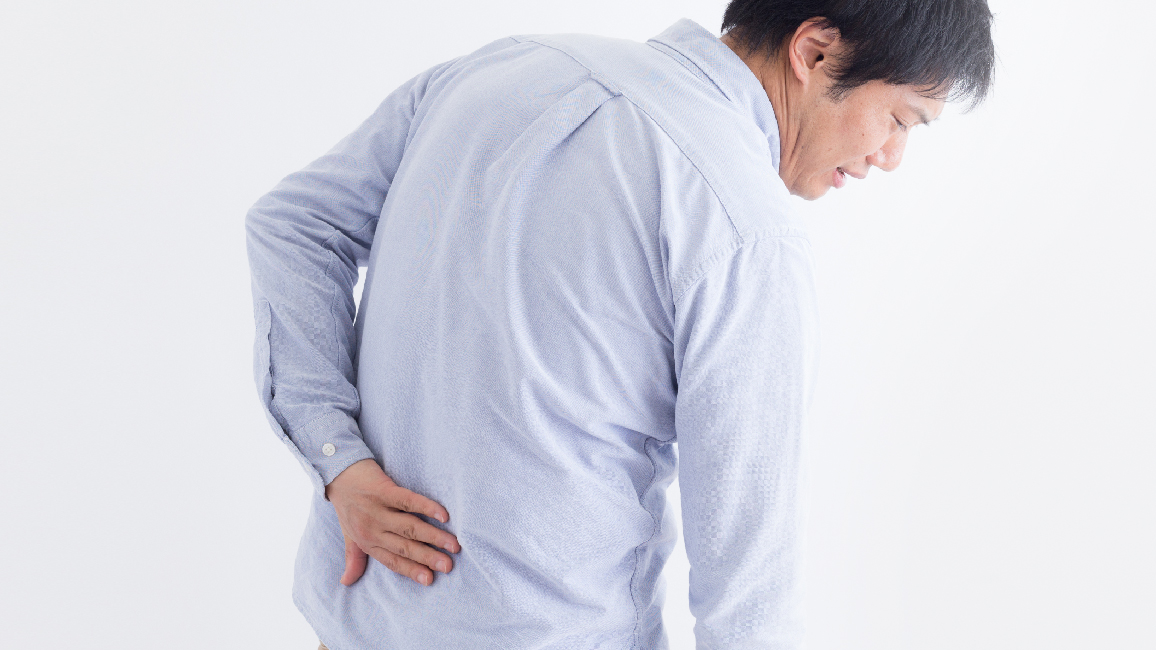Muscle pain, treat it, and stop the pain that distracts you
Center : Orthopedics Center
Article by : Dr. Nithiwut Pinsiranon

Myofascial Pain Syndrome is a pain syndrome of skeletal muscle and muscle bundles that has trigger points that are sensitive to muscle stimulation. Each muscle group has a specific pain pattern, and the pain will not spread along the nerve or it can be said that, within each muscle bundle, there will be trigger points. When using the fingertips to touch, there will be a solid membrane mass or a tightness in the muscle. It could be both the main cause or can be found in conjunction with other pain syndromes, which is more likely to be found in females than males. The most common age range is 31-60 years. Most often come and go and need to see a doctor often can cause annoyance or anxiety
Causes of muscle pain
- Using too much muscle that the injection is broken Injury or acute muscle spasms
- Work or occupation that requires repetitive work or in a particular position for a long time, including typing in the computer in the wrong position, etc.
- Compression of nerve roots from the herniated disc Causing spasm of the muscles for a long time
- A condition in which the body is inactive, having to sleep for a long time, causing muscle weakness, lack of flexibility, more constricted muscles
- Anxiety Mental stress and Insomnia
- Endocrine disease conditions and metabolic Deficiency of certain nutrients or vitamins
Muscle pain treatment
1. Treatment of pain points or pain points that are sensitive to muscle stimulation (Trigger point) is a treatment directly at the pain point. Together with stretching the muscles to the maximum range of motion Or beyond the ability to bend and stretch of the joints, including
- Local anesthesia at the pain points of the muscles or acupuncture to treat pain.
- Anesthetic spray (Ethyl Chloride) at the pain point and the pain area extending to and followed by stretching the muscles.
- Reflexology on the sore muscles to increase circulation, aid in the movement of muscle fibers. It relaxes the pain point and reduces the pain.
- Using heat such as a warm water bag, compress on the affected area to help improve blood flow, relax muscles, reduce pain, or you can use a physical electric tool such as an ultrasound machine.
- Pain medication use anti-ablation drugs with steroid use and other groups of drugs such as antidepressants, vitamin C, vitamins B 1-6-12, folic acid, etc.
- Exercise to increase the range of motion or the ability to flex and stretch the joints by stretching the muscles, increase muscle strength and endurance, and relax the muscles.
- Mental relaxation, such as meditation, relaxes the mind.
2. Editing of supplementary factors according to the cause of muscle pain which include
- Factor caused by occupation or from work including performing daily activities with the wrong posture.
- Factors from abnormalities of the body for various reasons such as, malnutrition in particular, enzymes that work together in providing muscle energy, such as vitamin B 1-6-12, vitamin C, folic acid.
- Endocrine defect conditions or metabolism, such as low blood sugar Hypothyroidism
- Chronic sepsis or the state of articular disorders causing the tightening of the muscles around the joint for a long time
- Stress or depression Possibly from anxiety about the disease, insomnia, etc.
3. Self-treatment which include
- Apply a heat compress for 10-15 minutes, 2-3 times a day.
- Place your thumb perpendicular to the pressure point. Then press and hold for 1/2 -1 minute, press with a force that the pain can be tolerated, then do so for 4 -5 rounds 2-3 times a day.
- Exercise to stretch problematic muscle groups. According to the nature and direction of the arrangement, slowly stretch as much as possible, hold for at least 15 seconds, then do 5-10 rounds every 2-3 hours.
- Rest or avoid working hard muscles for a while.
- Perform daily activities with correct posture avoid postures that cause pain. Or being in any position for a long time.
Which fractures are common?
- Broken bones are found in all ages, from children to the elderly. It is more common in the elderly. Areas with frequent fractures include the arm, leg, hip, wrist, ankle, femur, etc.
- Broken arm fractures are often caused by severe shocks that cause them to split apart. It makes the arm unable to function properly, has pain, swelling, or deformed bones it is mostly the result of a fall in a position where the arm or elbow is subjected to direct impact like car accidents or playing sports that result in wounds.
- A broken leg can be the result of a vehicular accident or from playing sports And in people with osteoporosis it is prone to fractures of the leg after impact.
- A hip fracture is often found in the elderly with bone degeneration or people with osteoporosis. There is a high risk of complications such as deep vein thrombosis in the legs and lungs. Which can cause death in a quick time Urinary tract and bloodstream infections, etc.
Consult Online
Article of Orthopedics Center






